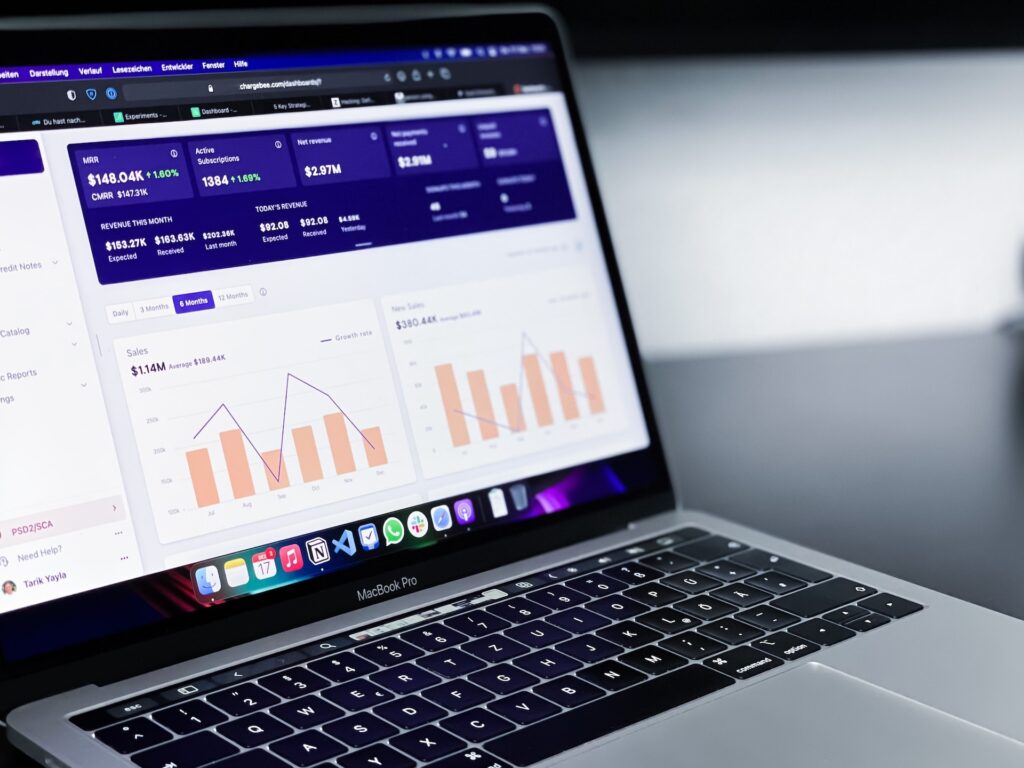How to Best Perform Data-Driven UX Design
The cornerstone of effective UX design is the careful understanding of users and their needs. The key to this understanding lies within data. In the era of Big Data, UX design should be data-cognizant, recognizing that numerous decisions can be based on factual information and not just intuition. In order to make informed decisions, designers need to gather quantifiable information about users’ behaviors, needs, and motivations through methods like user interviews, surveys, and analytics tools.

Data Analysis: Turning Data into Insights
Having collected a vast amount of data, it’s essential to sift through it and identify trends, patterns, and insights that can guide the design process. This process might involve statistical analysis or data visualization techniques to make sense of complex data sets. Remember, data alone is not useful; it is the insights drawn from it that fuel user-centric design.
The Role of Qualitative and Quantitative Data
While quantitative data provides a broad view of user behavior and trends, qualitative data uncovers the ‘why’ behind these behaviors. This combination of data types offers a more holistic view of the user, ensuring the design is well-rounded and truly user-centric.
Even as data provides valuable insights, designers should also remember to apply empathy when interpreting this data. The numbers should be considered in the context of users’ lived experiences. This empathy helps to build a more intuitive, user-friendly design that meets users’ needs on a deeper level.
Translating Insights into Design
Once we have obtained these insights, they need to be translated into actionable design decisions. Whether it’s adjusting the navigation menu based on user engagement data or reworking an app’s color scheme based on user preference surveys, each decision should be justified with the analyzed data.
There are numerous analytics tools available today that allow UX designers to gather and analyze user data. These tools provide real-time insights into user behavior, helping designers make swift, data-informed decisions.
Continuous evaluation is an inherent part of data-driven UX design. A/B testing, usability testing, and ongoing user feedback are necessary to measure the effectiveness of design changes. In this manner, UX design becomes a cyclical process of continuous improvement, always guided by data.
Building a culture of data-driven decision-making within the design team is also essential. Everyone involved in the design process should understand the value of data, how to interpret it, and how to apply it to their work.
Demonstrating Success Through Data
Data can help validate the effectiveness of design decisions and justify the value of UX design to stakeholders. By tracking key performance indicators (KPIs), designers can demonstrate how their work contributes to the business’s bottom line.
Data-driven UX design is not merely about making decisions based on data. It’s about using data to understand users better, to create a design that truly meets their needs, and to continuously improve the product based on user feedback and performance metrics. This approach ensures that the UX design is grounded in reality and not just assumptions, leading to a more successful and user-centered product.
Related Articles
Empathy or No Empathy: The Dual Roles in UX Design
June 11, 2023
2016 Tech + Design Conference Guide
November 12, 2015



